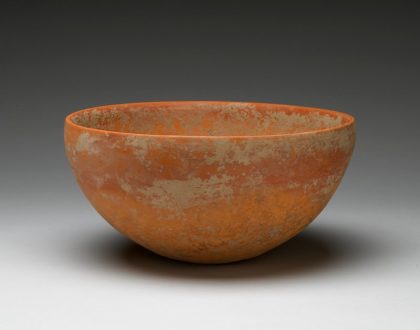Samain and the Summer’s End Moon
Thursday gratefuls: Marilyn and Irv. Alan and Joan. Thursday mussar. Diane. Mark and Mary. Saudi and K.L. Snow. 18 degrees. A Mountain Winter morning. Mini-splits keeping me comfortable. Dante. Petrarch. Spinoza. Mary Wollstonecraft. Ovid. Homer. Giotto. Botticelli. Michelangelo. Davinci. Hokusai. The Kano period artists. Song dynasty ceramics. One-corner Ma. Fan Kuan. Picasso. Mozart. Hayden. Faust. Rilke. Frost. Collins. Oliver. August Wilson. Chekov. George Bernard Shaw. Horace. Cole. Bierstadt. Emerson. Thoreau.
Sparks of Joy and Awe: Art
One brief shining: In 2002 and for several years after I attended Monday morning lectures, continuing education, at the Minneapolis Institute of Arts, and afterward we could wander the halls of a closed museum, attending to the art with no visitors, only the workers from registration and cleaning, sometimes up on the scissor platform gently vacuuming dust from the wonderful Chihuly Sun burst in the lobby or feather dusting a Rodin, hanging a new work, doing the behind the scenes work that kept the museum fresh.
I have two thick notebooks filled with notes from those mornings. Art historians would regale us with stories of artists whose works were in our collection or do a deep analysis of a particular work, get us ready for a new show. That was my version of heaven. And heaven only got better when the lectures ended and the docents and guides would file out of the lecture hall, most to go on about their day but a few, always me at least, would turn left into the Japanese galleries and see the majestic painting of Cranes dancing and the suit of Samurai era armor in red lacquer. Or perhaps right into the gallery for the Tea Ceremony with the Tea House built in Japan, disassembled, then built again by the same artisans in our museum.
Two hours, three hours sometimes a whole morning and early afternoon would go by as I visited old friends like Rembrandt’s Lucretia, the Doryphoros, the Jade Mountain, that spectacular  ancient Chinese pottery bowl (see right) which is one of if not the favorite piece of mine in the whole museum. Its beautiful proportions, its simplicity, and its devotion to its material. Over 6,500 years old.
ancient Chinese pottery bowl (see right) which is one of if not the favorite piece of mine in the whole museum. Its beautiful proportions, its simplicity, and its devotion to its material. Over 6,500 years old.
Oh, I could wax nostalgic about those Monday mornings for pages and pages. A time of pure bliss. As a docent on those mornings, I had a collection better than any billionaire and all at my disposal. And quiet.
However, I have more than nostalgia on my mind here. The humanities. The liberal arts. Dying now in many of our universities and colleges. When I chose colleges, I wanted a liberal arts education. That’s why I chose Wabash. It was one of those small liberal arts colleges that held fast to that ideal. As I did. At 17. And before.
In my first semester I took philosophy, contemporary civilizations, German, and English. I satisfied my mathematics requirement with symbolic logic. The Red Masque, a theater group which I joined, did medieval morality plays on the streets of Crawfordsville. I was so happy intellectually.
The liberal arts still make my heart-mind, my lev, rev up. My curiosity stops me even now in front a work of art, a new poem, the new translation of the Odyssey, the graceful Latin of Ovid’s Metamorphosis, listening to chamber music, seeing or performing in a Chekov play.
But what good is it? Ah. That’s the rub these days. It used to be the answer to that question was obvious. Learning the poems of Robert Frost, reading Goethe or Tolstoy, knowing how to appreciate a 6,500 year old clay pot, seeing a play by O’Neill allowed you to entertain different ways of being, of being human. And that was important for it was known that we humans tend to stray off the path of decency and justice if we focus too much on making things, earning money for the sake of earning money.
This simple and straightforward rationale for the liberal arts has fallen into disrepute as the world shines its adoring spotlight on Jeff Bezos, Elon Musk, the factories of China, and the MBA. The most popular major in the U.S. right now? Business.
Is there anything wrong with following a career path in higher education? Of course not. Many always have. Perhaps most. But a few, a few wanted to continue the long march of art, of poetry, of theater, of music, of literature either by producing it themselves or by studying it and then teaching it to new generations. Not much money to be made there. Never in history and still not now. Yet…
